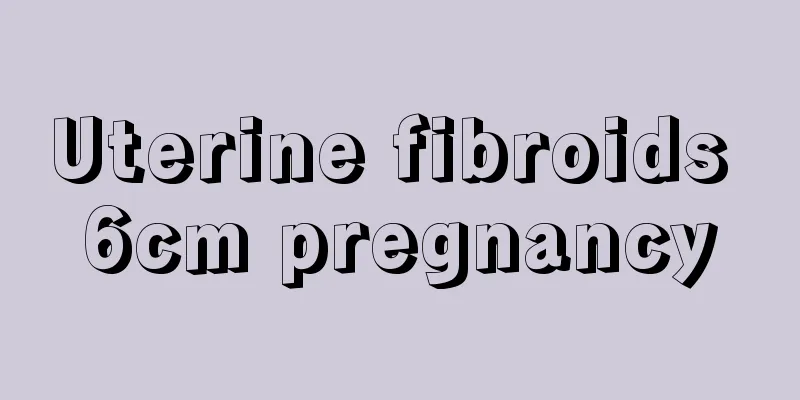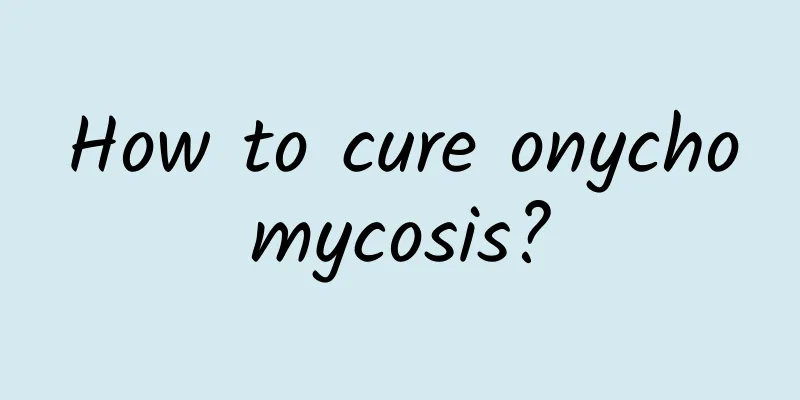Does the infusion hose hurt?

|
The fallopian tube plays an important role in the female body structure, mainly serving as a channel for eggs and sperm. However, due to problems in the development of female reproductive organs, some diseases are prone to occur in daily life. Sometimes, in severe cases, it can even lead to blockage of the fallopian tubes. When this happens, fallopian tube clearance surgery is needed to solve the problem. Is fallopian tube unblocking painful? Fallopian tube clearance surgery is mainly used to treat female infertility caused by fallopian tube stenosis or blockage due to fallopian tube or pelvic peritonitis. The commonly used fallopian tube clearance techniques in clinical practice include transcervical fallopian tube clearance and combined hysteroscopy and laparoscopy. Surgical method 1. Fallopian tube fimbriaplasty: Indications include partial or complete obstruction of the fallopian tube fimbria due to perialsalpingitis, and the fallopian tube fimbria can still be identified, and some fallopian tube fimbria have closed ends or inverted fimbria. 2. Adhesion lysis: It is suitable for adhesions caused by inflammation or endometriosis between the fallopian tube and ovary, as well as between the appendages and the pelvic wall, intestine, omentum, etc. 3. Tubal uterine implantation at the uterine horn: Indications are the same as those for tubal uterine horn surgery. It is mainly used for those with interstitial obstruction of the fallopian tube. 4. Tubal horn surgery: It is suitable for fallopian tube obstruction caused by inflammatory diseases, endometriosis, nodular fallopian tubes or isthmus polyps. It can also be performed after sterilization or ectopic pregnancy (also known as ectopic pregnancy) surgery. Precautions 1. Fallopian tube clearance surgery to treat infertility is usually performed under laparoscopy, hysteroscopy, or a combination of hysteroscopy and laparoscopy. The specific method used depends on the individual's actual condition. The surgery must be performed in a regular hospital. 2. After fallopian tube clearance surgery to treat infertility, in order to prevent re-blockage, drugs are usually injected into the catheter to prevent re-adhesion. After the operation, the pelvic cavity is thoroughly flushed and a transparent anti-adhesion fluid is applied to reduce postoperative adhesions. 3. Fallopian tube blockage is one of the main causes of infertility. Some infertile patients have not been able to get pregnant for a long time. Don’t rush to do in vitro fertilization. Check whether the fallopian tube is blocked and then clear the fallopian tube. 4. Fallopian tube clearance surgery to treat infertility requires hospitalization. Postoperative precautions 1. Bathing and sexual intercourse are prohibited for 2 weeks after surgery. Antibiotics may be given as appropriate to prevent infection. 2. If there is a small amount of vaginal bleeding within one week after the fallopian tube endoscopy, but no other discomfort symptoms, it is a normal phenomenon. 3. If the amount of bleeding is greater than the menstrual volume or there are other uncomfortable symptoms, a follow-up examination is required. |
<<: Is scraping effective for breast hyperplasia?
>>: Can pregnant women with cavities have their teeth filled?
Recommend
A day's plan begins in the morning. Keeping in good health starts with nourishing your stomach in the morning.
Editor's note: A year's plan starts with ...
How long does it take to get pregnant after injecting hyaluronic acid?
Hyaluronic acid is a face protection envoy that c...
How many days after menstruation do you ovulate?
Many women are preparing for pregnancy. In order ...
Uterine thickness standard 42 days after delivery
Generally speaking, the first 30 days after givin...
Can you get pregnant if you have sex on the first day after your period ends?
Because each woman's menstrual cycle and mens...
Side effects of drinking Tongcao during confinement
We all know that Tongcao is a very common Chinese...
How much do you know about spinal muscular atrophy (SMA)?
In 2021, a special medicine called "Nosiners...
What are the benefits of eating honeydew melon for women? Who is suitable for eating honeydew melon?
Honeydew melon is a kind of melon with high nutri...
Going back to work the next day after medical abortion
Now some women choose medical abortion after they...
Teach you how to read urine routine
Author: Chen Zhou Shanghai Changhai Hospital Revi...
What is the cause of uneven endometrial echo?
There are many diseases that women's uterus i...
Pregnancy again after miscarriage
During the pregnancy process, miscarriage is some...
Postpartum mother and baby care strategy, you will definitely use it! Save it now
The arrival of a new life brings not only joy but...
Several treatments for mastitis during lactation
Mastitis is a common gynecological disease. The o...
What should girls do if they have lower back pain during menstruation?
Some women experience lower back pain during thei...









